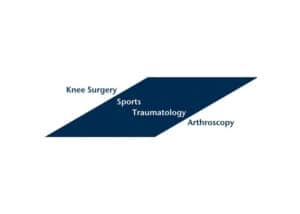
Authors:
Travis J. Dekker, W. Jeffrey Grantham, Nicholas N. DePhillipo, Zachary S. Aman, William W. Schairer & Robert F. LaPrade
Abstract:
Purpose:
To assess the most common presenting symptoms, clinical outcomes, and patient satisfaction following treatment of either snapping medial pes anserinus hamstrings or snapping lateral biceps femoris tendons.
Methods:
Consecutive patients with a minimum 2-year follow-up after isolated medial hamstring release for a diagnosis of medial snapping pes anserinus tendons or patients treated with primary biceps repair for lateral snapping biceps femoris tendons were evaluated. Clinical outcome scores of the following domains were collected: SF12, WOMAC score, Lysholm Knee Survey, and a simple numeric patient satisfaction score (0–10). Statistical analysis was performed with paired t-tests between preoperative and postoperative scores.
Results:
At an average follow-up of 4.6 years (range 2.0–8.6 years) with two patients lost to follow-up, six consecutive patients (three male, three female) with seven knees were diagnosed with medial snapping pes anserinus tendons and treated with semitendinosus and gracilis tenotomies. Seven knees in seven patients (three male, four female) were diagnosed with lateral snapping biceps femoris tendons and were treated with an isolated biceps femoris repair. Nine of 13 patients were able to return to full desired activities/pre-operative level of sporting activities (4/6 medial, 5/7 lateral. Lysholm and SF-12 scores improved from preoperative to post-operative status for patients with snapping biceps femoris. Only patients undergoing primary biceps repair showed improvement across all WOMAC domains. Patients with medial hamstring tenotomy demon- strated improvement in Lysholm scores. Median postoperative satisfaction for both pathologies was 7 out of 10. Conclusion Medial hamstring release for snapping pes anserinus and isolated biceps repair for lateral snapping biceps femoris yields improvement in patient satisfaction and clinical outcomes at mid-term follow-up.
